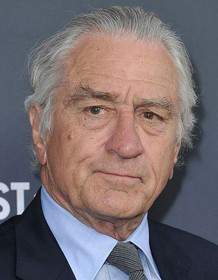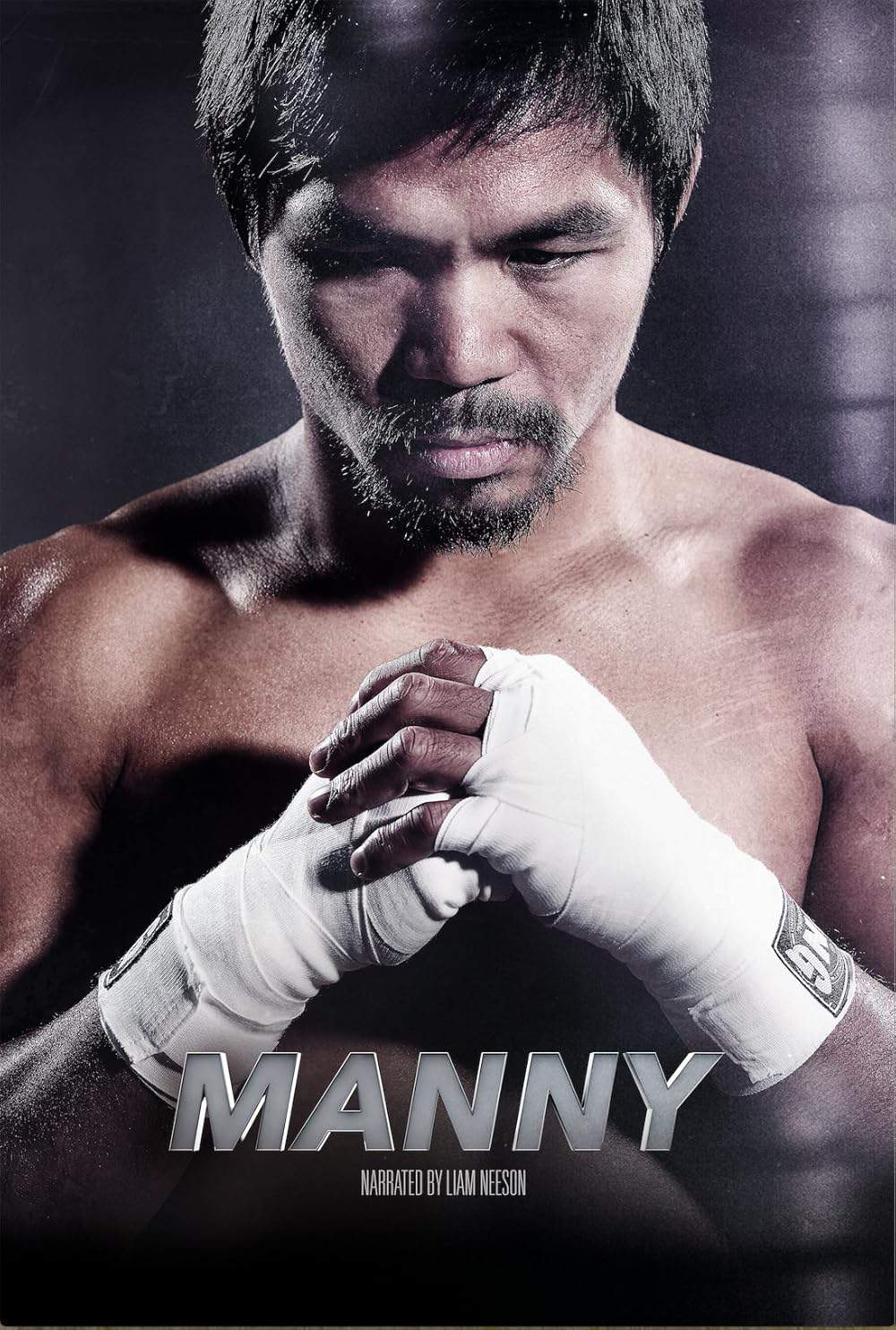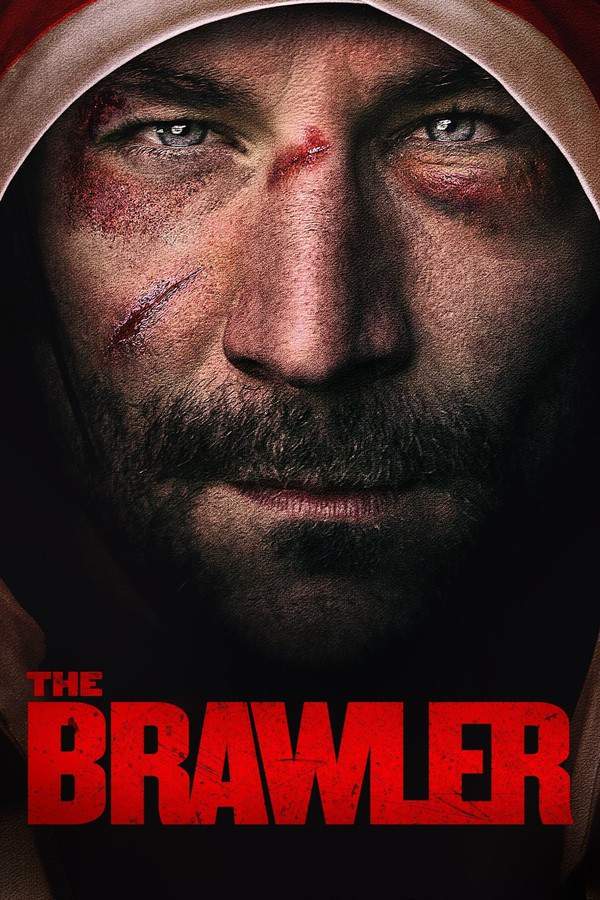Hands of Stone 2016

This gripping biopic chronicles the extraordinary career of Roberto Duran, a legendary Panamanian boxer. Witness his journey from a teenage debut to a remarkable, decades-long career filled with electrifying wins and devastating losses. The film focuses on his rivalry with Sugar Ray Leonard, highlighted by a historic defeat and a controversial surrender in their rematch, famously known as "no mas," cementing Duran's place in boxing history.
Does Hands of Stone have end credit scenes?
No!
Hands of Stone does not have end credit scenes. You can leave when the credits roll.
Meet the Full Cast and Actors of Hands of Stone
Explore the complete cast of Hands of Stone, including both lead and supporting actors. Learn who plays each character, discover their past roles and achievements, and find out what makes this ensemble cast stand out in the world of film and television.
External Links and Streaming Options
Discover where to watch Hands of Stone online, including streaming platforms, rental options, and official sources. Compare reviews, ratings, and in-depth movie information across sites like IMDb, TMDb, Wikipedia or Rotten Tomatoes.
Ratings and Reviews for Hands of Stone
See how Hands of Stone is rated across major platforms like IMDb, Metacritic, and TMDb. Compare audience scores and critic reviews to understand where Hands of Stone stands among top-rated movies in its genre.

54
Metascore
5.9
User Score


44%
TOMATOMETER

52%
User Score

6.6 /10
IMDb Rating

66
%
User Score

3.0
From 4 fan ratings

2.80/5
From 5 fan ratings
Take the Ultimate Hands of Stone Movie Quiz
Challenge your knowledge of Hands of Stone with this fun and interactive movie quiz. Test yourself on key plot points, iconic characters, hidden details, and memorable moments to see how well you really know the film.
Hands of Stone Quiz: Test your knowledge about the life and challenges of boxer Roberto Durán as depicted in the movie 'Hands of Stone'.
Who is the legendary American trainer that takes notice of Roberto Durán's talent?
Ray Arcel
Carlos Eleta
Nestor 'Plomo' Quiñones
Frankie Carbo
Show hint
Full Plot Summary and Ending Explained for Hands of Stone
Read the complete plot summary of Hands of Stone, including all major events, twists, and the full ending explained in detail. Explore key characters, themes, hidden meanings, and everything you need to understand the story from beginning to end.
As Roberto Durán’s early years unfold in Panama, he benefits from the mentorship of Chaflan, who shares crucial life lessons that shape his future. Ultimately, Durán finds his calling in a boxing club, coming under the guidance of coach Nestor “Plomo” Quiñones.
At the age of 20, he catches the attention of the iconic American trainer Ray Arcel. Arcel, whose life took a violent turn due to a brutal assault by Frankie Carbo’s henchmen in New York City during 1953, sees the raw talent and impressive punching power in this young boxer, and decides to mentor him to achieve greater heights in the sport.
During these formative years, Durán also meets Felicidad, a student who will eventually become the mother of their five children. As he charts his path through the vibrant boxing scene in the 1970s and 1980s, Durán’s remarkable success—with only one defeat—catapults him through the weight classes. In a bold move, he challenges Sugar Ray Leonard, recognized as the “Fighter of the Year,” in a match that promises to be a spectacle capturing widespread attention.
Tensions escalate when Durán, in a moment of bravado, refers to Leonard as a “clown” and boldly predicts he will win by knockout. This hostility intensifies when Durán goes so far as to insult Leonard’s wife publicly, inciting outrage and controversy.
His disdain for Leonard appears to have deep roots, traceable to his resentment toward Americans and their treatment of Panama during the turbulent events surrounding the Panama Canal in 1964. This historical bitterness is exacerbated by memories of American military presence, which stoked animosity between the nations.
In June 1980, Durán and Leonard clash in a welterweight championship showdown in Montreal. Defying the odds as the underdog, Durán pulls off an impressive victory by unanimous decision (148–147, 145–144, 146–144). Following this thrilling win, Leonard, unfazed by the prior insults, calls for a highly lucrative rematch worth $8 million. However, at a house party, Durán, heavily intoxicated, is told about Leonard’s challenge by his manager, Carlos Eleta, yet is in no condition to respond. After reluctantly agreeing to the rematch, a drunken confrontation leads to Chaflan being kicked out, leaving him to struggle on the streets.
As time passes, Chaflan faces increasing hardship, resorting to theft just to survive. Tragically, his fate is sealed one fateful night when he is struck by a truck while trying to evade the consequences of his dire situation, leading to his heartbreaking end.
The anticipation builds for the rematch between Durán and Leonard in November 1980 in New Orleans. Yet, in a shocking turn of events during the eighth round, Durán suddenly quits the match, proclaiming > “No más” (English: “I will not continue”) to the referee. This surprising decision infuriates the Panamanian public and results in Leonard being declared the winner by technical knockout (68–66, 68–66, and 67–66).
Returning to Panama, Durán is met with a wave of discontent from his compatriots. Faced with the weight of his disappointing choices and the disappointment from those who once idolized him, he confides to his wife that he longs for redemption, yearning to reclaim his former glory and regain the love of his fans. This realization spurs Arcel to step back, passing the coaching responsibilities to Plomo, in preparation for Durán’s comeback.
A pivotal moment occurs in June 1983 when Durán unexpectedly encounters Leonard in New York City after their rematch, resulting in a poignant exchange. With his wife’s forgiveness now in hand, Durán is ready to rejuvenate his career and restore his tarnished reputation.
Set for a triumphant return, Durán inches toward glory as he squares off against Davey Moore in the eighth round, with Leonard present, providing real-time commentary from ringside. In a pivotal bout, Durán emerges victorious via technical knockout, reclaiming his cherished status in Panama, and regaining both dignity and popularity.
In the touching finale, Plomo remains a dedicated presence in Durán’s life until his passing in 2012. Meanwhile, the bond between Leonard and Durán flourishes into a lasting friendship, and Arcel is honored with inductions into both the World Boxing Hall of Fame (WBHF) and the International Boxing Hall of Fame (IBHF). His life is remembered as a testament to resilience, culminating in a six-year battle against leukemia, until he eventually succumbs to the disease on March 7, 1994, at the age of 94.
Uncover the Details: Timeline, Characters, Themes, and Beyond!

Coming soon on iOS and Android
The Plot Explained Mobile App
From blockbusters to hidden gems — dive into movie stories anytime, anywhere. Save your favorites, discover plots faster, and never miss a twist again.
Sign up to be the first to know when we launch. Your email stays private — always.
Watch Trailers, Clips & Behind-the-Scenes for Hands of Stone
Watch official trailers, exclusive clips, cast interviews, and behind-the-scenes footage from Hands of Stone. Dive deeper into the making of the film, its standout moments, and key production insights.
Hands of Stone Themes and Keywords
Discover the central themes, ideas, and keywords that define the movie’s story, tone, and message. Analyze the film’s deeper meanings, genre influences, and recurring concepts.
Hands of Stone Other Names and Titles
Explore the various alternative titles, translations, and other names used for Hands of Stone across different regions and languages. Understand how the film is marketed and recognized worldwide.
Similar Movies To Hands of Stone You Should Know About
Browse a curated list of movies similar in genre, tone, characters, or story structure. Discover new titles like the one you're watching, perfect for fans of related plots, vibes, or cinematic styles.
Quick Links: Summary, Cast, Ratings, More

What's After the Movie?
Not sure whether to stay after the credits? Find out!
Explore Our Movie Platform
New Movie Releases (2026)
Famous Movie Actors
Top Film Production Studios
Movie Plot Summaries & Endings
Major Movie Awards & Winners
Best Concert Films & Music Documentaries
Movie Collections and Curated Lists
© 2026 What's After the Movie. All rights reserved.



































